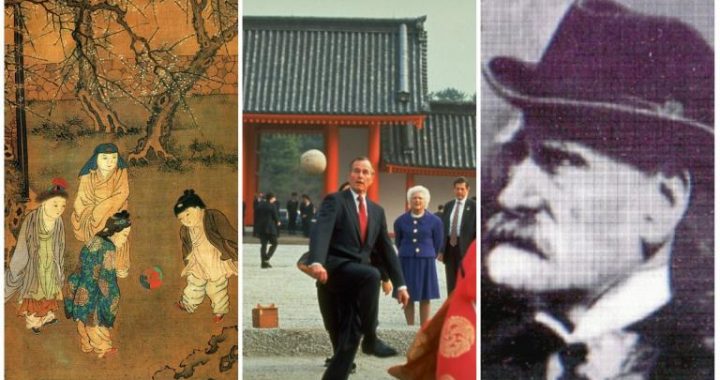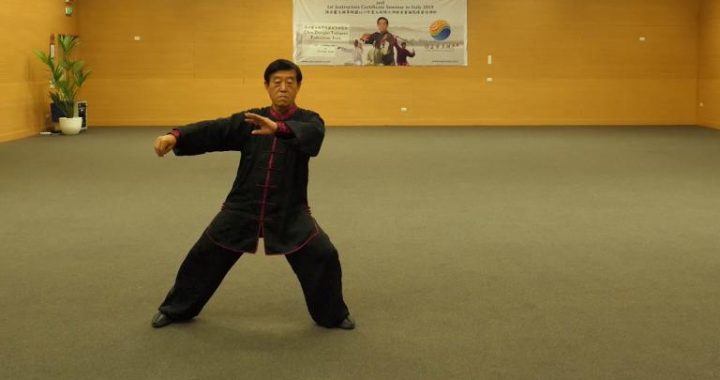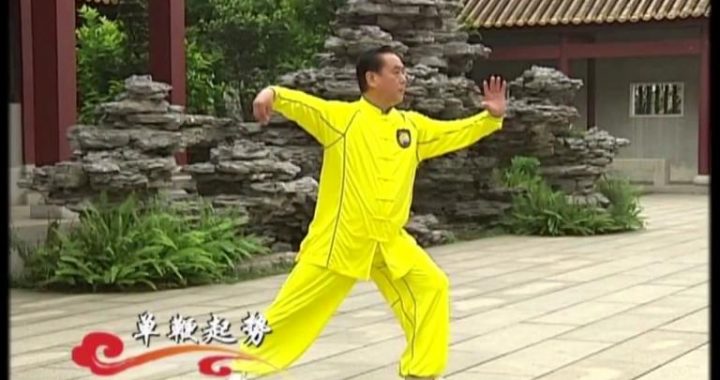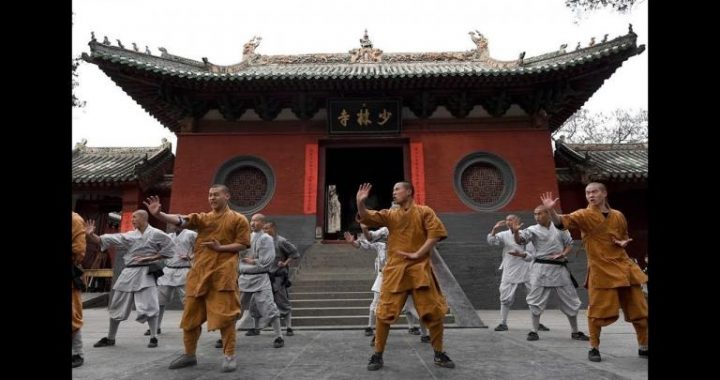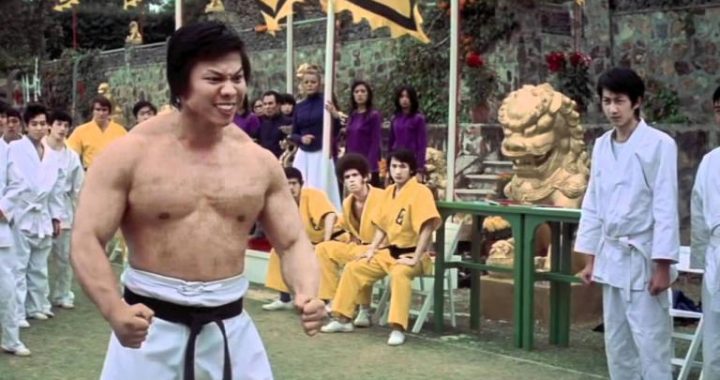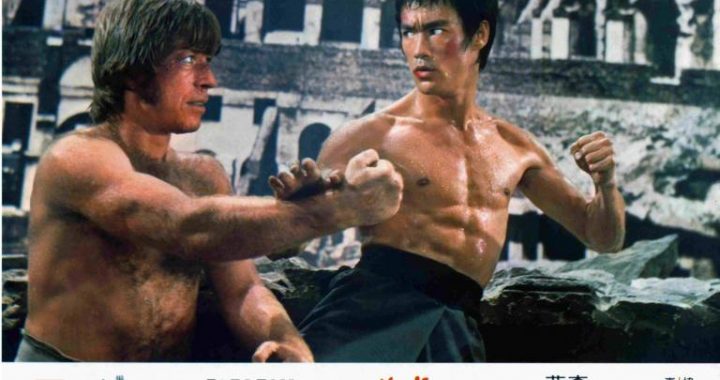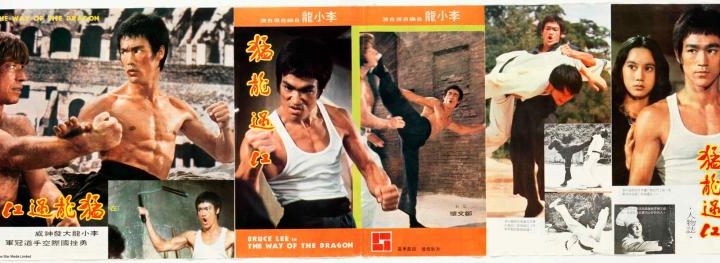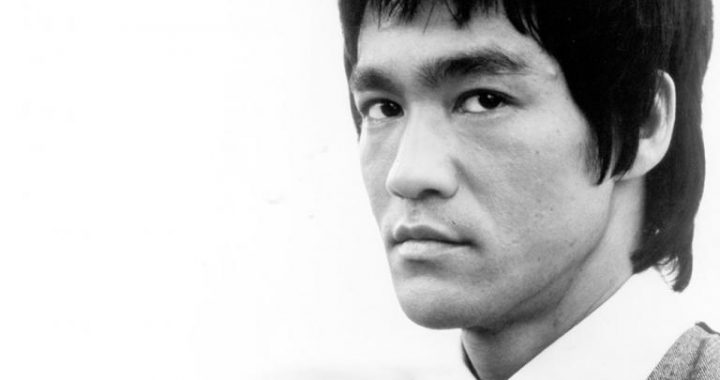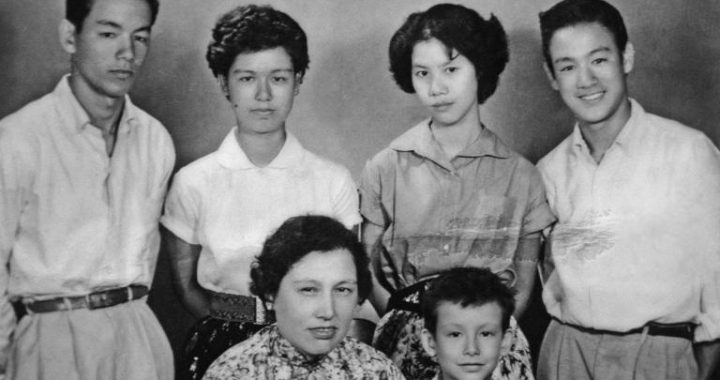Shaolinquan Family
6 min readSongshan Shaolin Temple
In common parlance, all Kungfu from around the world comes from Shaolin. The Shaolin Temple on Mount Songshan at Dengfeng in Henan Province is the cradle of Shaolin Kungfu. Located in Dengfeng county of Henan province, Songshan is known as the central mountain of the Five Sacred Mountains. Located at the foot of Songshan Mountain, the Shaolin Temple is very magnificent.
According to historical records, the Shaolin Temple was built during the Northern Wei Dynasty under the reign of Emperor Taihe (AD 495). The first Indian monk to live in the Shaolin Temple was Gunabhadra (394-468). Bodhidharma (?-536), once visited the Shaolin Temple, but didn’t live there for a long time. One story says he gazed at a wall in the Shaolin Monastery for nine years. Another legend said he wrote Yi Jin Jing. The proposition, though very influential, was eventually proved to be false, for there was a monk named BodhHiharma, but it was later found he knew absolutely nothing about the Chinese Quan.
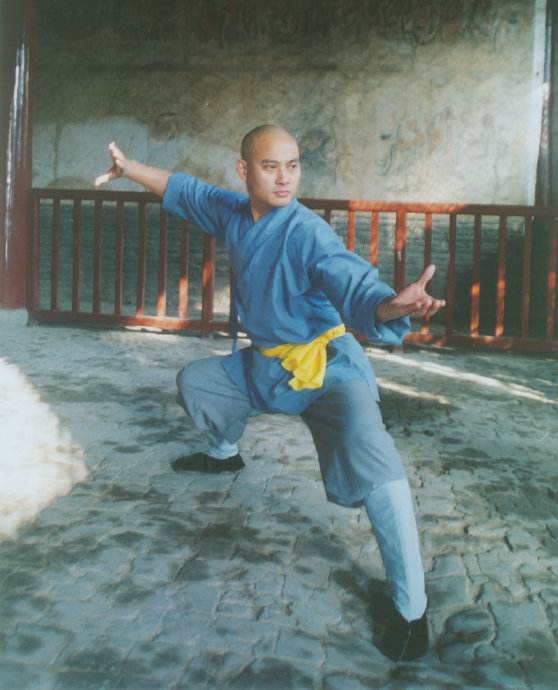
In fact, Shaolinquan was the manifestation of the wisdom of the monks of the temple, secular Wushu masters and army generals and soldiers.
Bhadra
Bhadra was from Sindhu(India). During the Emperor of Xiaowen of the Northern Wei Dynasty, he came to China to spread Buddhism, and was respected. After the Northern Wei Dynasty relocated its capital toLuoyang, the emperor built a temple for him in Luoyang. He was fond of quietness, so the emperor built a temple for him, today’s Shaolin Temple. He was the founder and the first abbot of Shaolin Temple. He translated such scriptures as Huayan, Nirvanasutra, Vimalakirti Sutra, and Ten Stages Sutra at the Scripture Translation Table. When he was old, he moved outside the Shaolin Temple until he passed away.
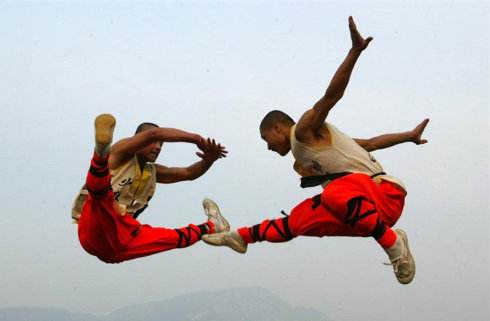
Bodhidharma
Bodhidharma was from south Sindhu. As a Brahman, he claimed to be 28th zen Buddhism patriarch, the earliest Chinese patriarch of Zen Buddhism, so the Chinese Zen Buddhism is also known as Dharma Zen.
He sailed to Guangzhou during the period of Emperor Wu of Liang of the Southern Dynasty. The emperor believed in Buddhism. Dharma went to Jianye, the capital of the Southern Dynasty, to meet the emperor.I talked with the emperor, but reached no agreement, so he sailed north to Luoyang, the capital of the Northern Wei. He reached Shaolin Temple, and was said to face the wall for nine years, and handed down his mantle and alms bowl to Hui Ke. In the third year (536) of Tianping period of the Eastern Wei Dynasty, he died in Luohe bank, and was buried on Mount Xiong’ er.
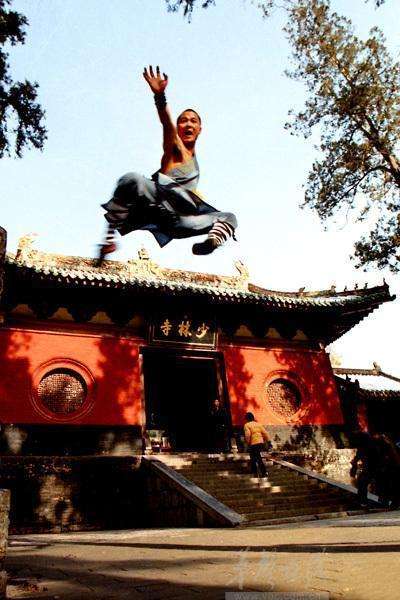
Shaolin Kungfu originated from folk Kungfu of the Central Plains. According to archeological records, the Kungfu in the Central Plains developed at a certain level during the Eastern (206 BC-AD25) and Western Han (25-220) Dynasties. The Qigong also accumulated rich experiences. The monks of the Shaolin Temple are mainly from the Central Plains, so some monks had already learned Kungfu before entering the temple, and they taught each other after entering the temple. The Shaolin Temple always held the tradition of widely absorbing the best Kungfu performances from the monasteries and continued to improve upon them.
Drawing of Bodhidharma sailing across a river on a stalk of reed(left) and rubbings It is said that it was drawn by an “insane monk.”
At the end of the Sui Dynasty (581-618),13 monks helped Li Shimin (599-649), emperor of the Tang Dynasty defeat Wang Shichong, popularizing Shaolin Kungfu. During the Five Dynasties Period(907-960), Shaolin Fuju invited 18 martial arts masters to help improve Shaolin martial arts. Fuju absorbed the best martial art techniques from others and compiled the Shaolin Quan. During the Jin and Yuan dynasties(1115-1234), Shaolin monk Jueyuan, Li Sou,a famous martial artist from Lanzhou and Bai Yufeng,a famous martial artist from Luoyang(entered the temple and took the name Qiu Yue Chan Shi) created more than 7o Shaolin martial techniques. Shaolin Kungfu gradually developed and matured from the Sui and Tang dynasties to the Jin and Yuan dynasties.
Drawing of Shaolinquan
This is the mural painting of Baiyi Hall of Songshan Shaolin Temple and also known as “Chui Pu,”drawn in the early Qing Dynasty. Some movements of the painting are clear and legible and show the features of Shaolinquan.
Shaolin kungfu was well known in the world during the Ming and Qing dynasties. During the Jiajing period of the Ming Dynasty (1522-1566), the Shaolin Temple sent more than 8o martial monks to fight with Japanese pirates and defeated the enemies. In the 4oth year of the Jiajing reign (1561), Ming general Yu Dayou (1504-158o), who was reputed for his anti-Japanese military service, went to teach cudgel-fighting skills in the Shaolin Temple. After this, Shaolin monks switched from cudgel fighting to fist fighting, so fist fights could be promoted to match cudgel fights. At the end of the Ming Dynasty, Shaolin monk Hong Ji also learned outstanding spear-fighting skills from Liu Dechang.
During the late Ming and early Qing eras, Shaolin Kungfu absorbed the best features of many northern boxing schools, the cudgel fighting skills of Fujian Province and the spear-fighting skills of Sichuan province. The broad and extensive Shaolin boxing family was formed based on Shaolin Kungfu, and finally achieved a high position in Wushu circle. At the same time, because Shaolin Kungfu became more famous, many boxing schools in northern China also claimed themselves as part of the Shaolin boxing family. In this way, the Shaolin boxing family covered nearly all theChinese martial schools of northern region. Shaolin Kungfu became the general term for Wushu in the northern region.
Many boxing generics currently prevalent in the north such as Meihua Quan(plum blossom fist), and Paoquan(cannon fist) all belong to the Shaolin boxing family. Every type of fist has its own independent fist forms and techniques. At present, the Shaolin Temple has 371 different forms, including 234 varying types of boxing forms and 137 ways to use of weapons. There is also another saying; Shaolin has 72 types of secret arts.
Shaolinquan is known for being powerful and strong. The men from the Central Plains are tall and strong, and simple and honest, so their fists open wide and close tightly with a strong force that reveals the advantages of having long arms and legs.
Shaolinquan is simple and modest: it is based on the practicality of fighting. Their style of fist fighting is described as “”fighting along a single straight line.”According the method, when fighting counterparts, one should use to maximum strength to prevent his body from being attacked by his enemies. For Shaolinquan, it is required all strikes be executed within the space of a lying ox, which means the fighting distance between he and his enemies should only be a few steps apart.
The martial arts, for the most part, were shaped and cradled by the Shaolin Temple throughout history, just as Ch’ an and Zen today are the result of Chinese influence. Shaolin Kungfu is thereforethe “granddaddy”of all Asian martial arts. The keystone of Shaolin Kungfu is the integration of fist fighting and Buddhism. The original aim of practicing boxing by the Shaolin monks was to protectthe temple and Buddhism. Shaolin monks were required to practice meditation, which is an integral part of Buddhist practice. Dhyanna was an Indian form of Buddhist meditation, which stressed meditation by sitting and other forms of meditation to help bring about enlightenment in itspractitioners. The Shaolin Temple comes out of many Kungfu masters, which have something to do with their meditation practice.
Therefore, the Shaolin boxing family has relations with six other boxing families, and also had a great influence on of the formation of Emei, Nanquan, Xingyi and Taiji.
Portraitof Zhang Sanfeng, the Ming ynasty This is the earliest known portrait of Zhang Sanfeng and was collected by the Li family, King Qiyang of the Ming Dynasty.
LiWenzhong, the ancestor of Li family, was a nephew of Zhu Yuanzhang and one of the founding fathers of the Ming Dynasty. It is also said that the Li family was known for its hospitality. Zhang Sanfeng visited the Li family occasionally and left the portrait.
